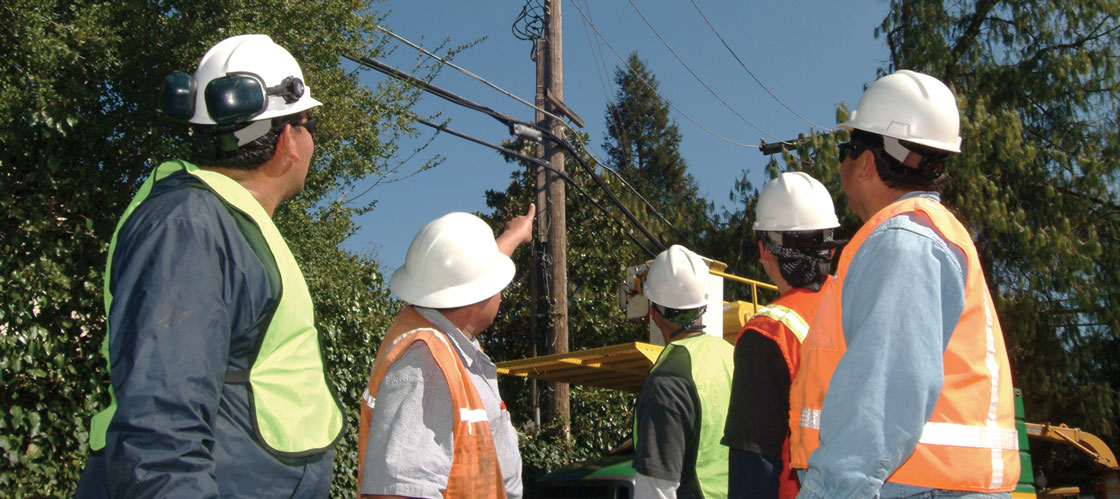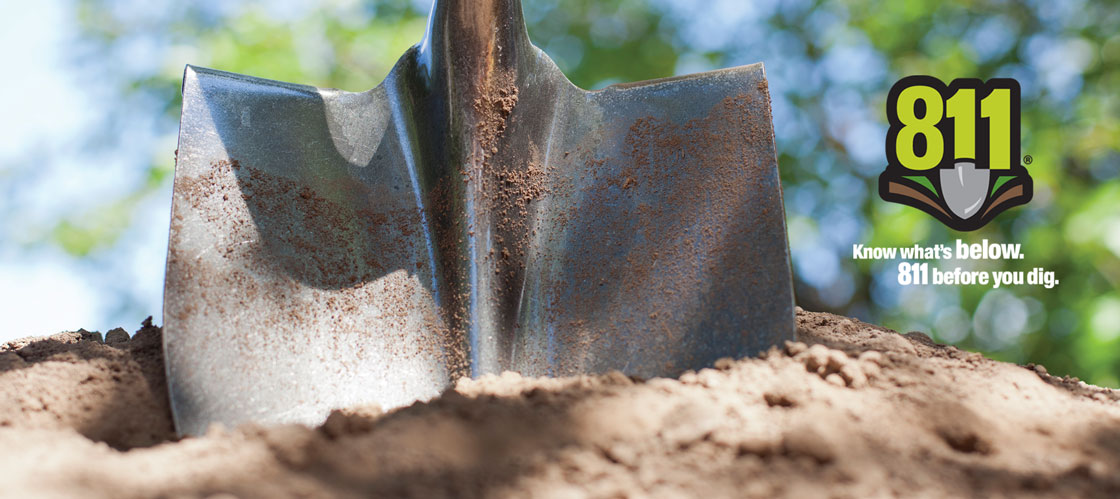 |
| Welcome to National Grid’s Tips of the Trade. National Grid is committed to your safety, and these tips are intended to help you work safely near our facilities. Please review these tips with your coworkers at your tailgate or toolbox meetings before work begins. |
|
 |
| Overhead and underground safety practices |
 |
|
 |
|
 |
| Look up and live |
| |
| • |
|
Carefully examine the site for overhead power lines, poles and guy wires, and point them out to coworkers. Take extra care to look for lines that may be masked by foliage or otherwise blocked from view. |
|
| • |
|
Consider all overhead power lines to be energized and potentially dangerous, including the service lines that run from utility poles to buildings. |
|
| • |
|
Mark a safety boundary to keep workers, tools and equipment a safe distance away – at least 10 feet – from power lines. As voltage increases, clearance distances also increase. Call National Grid for specific safety clearance requirements. |
|
| • |
|
Designate a spotter whose only job is to watch your equipment and make sure you maintain the mandatory safety clearances. |
|
 |
|
 |
|
| Dig safely |
| Call 811 or make an online request well in advance of any digging job, no matter how small. The 811 service will notify underground facility owners in the immediate area so the location of utility lines can be marked prior to excavation. Before you call, delineate your dig area with white paint, flags or stakes. |
| |
| • |
|
After you call, wait at least 72 hours before digging in Massachusetts and Rhode Island (excluding weekends and legal holidays) and at least two full working days in New York (excluding the date of your request, weekends and legal holidays). |
|
| • |
|
Hand dig to verify marked lines. Colored flags and paint marks show you the approximate location of utility lines but not how deep they are buried. Before you can safely work near a buried line, you must first hand dig to expose the line and verify its exact location and depth. |
|
| • |
|
Respect the marks, and dig with care. For your safety, do not use power digging equipment within the tolerance zone on either side of the indicated outside edge of a marked utility line. (This zone is 18 inches in Massachusetts and Rhode Island, and 24 inches in New York.) Hand dig with a rounded shovel, using a gentle prying motion to break away soil as you approach the utility laterally. |
|
 |
|
|
|
|
|
|
